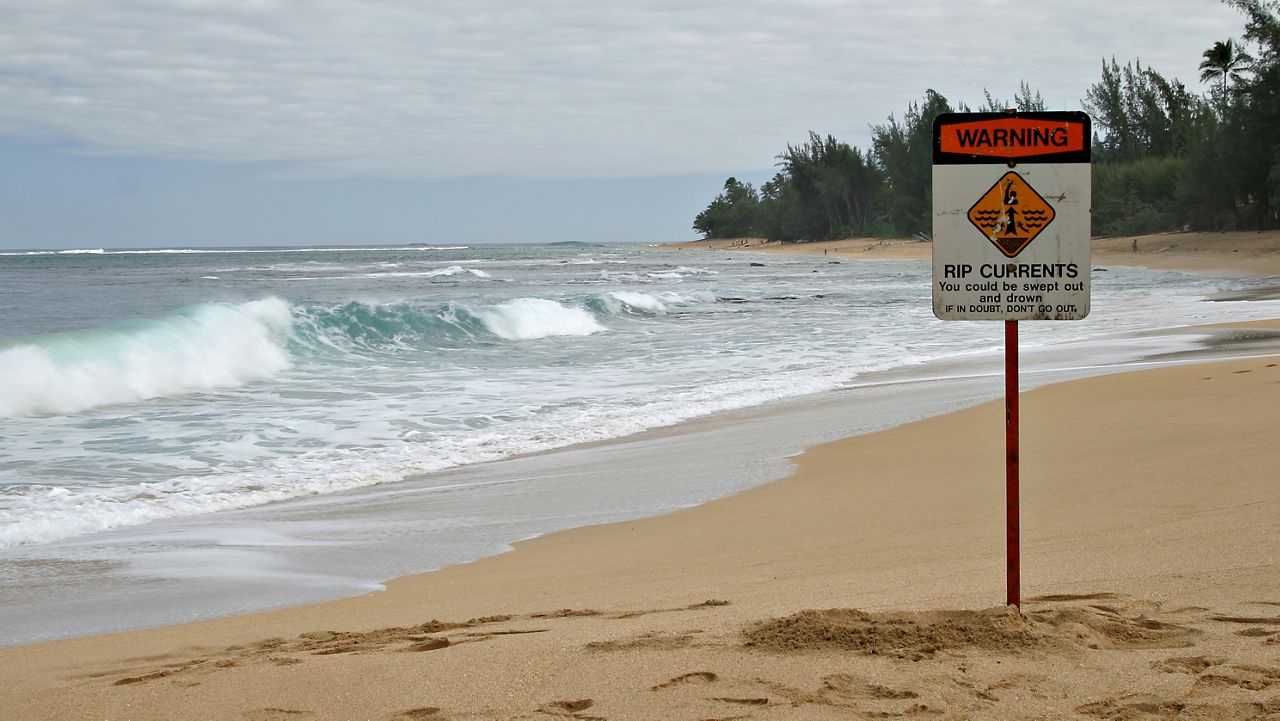It is spring break season and many folks will head to our beautiful beaches to soak up the Florida sun.
But, as we have seen already, getting into the ocean waters can be dangerous, and sometimes deadly, for beachgoers.
Rip currents kill more people in Florida than tornadoes, hurricanes and even lightning. On average, rip currents kill 19 people every year in Florida and about 100 people nationwide.
They are often the most overlooked hazard because they are harder to see and tourists often fall victim to the dangerous currents.
The deadliest time of the year for rip currents in Florida is from April through October.
Rip currents are narrow channels of swift-moving water. The speed of the water can exceed 6 mph, which is faster than an Olympic swimmer.
The length of rip currents may be just as long as a football field offshore.
It is at this time of the year that oceanic conditions are most favorable for rip current development, and there are more people visiting the beaches.
Volusia County generally leads the state in the number of rip current-related rescues because of the number of tourists and the structure of the county's coastline.
You can usually spot rip currents. They are where waves are not breaking or where there is foam or seaweed being pulled offshore.
Drownings occur when the person tries to swim back to shore against the current.
If you get caught, always swim parallel to the shore to get out of it, and if you can’t escape the current, float or tread through it until the current stops.
If you’re unable to reach the shore, wave your hands and yell for help.
It is always best to swim at beaches where there are lifeguards. The chances of drowning at a beach with lifeguards are one in 18 million.
Always pay attention to the various flags at the lifeguard stands that signal which hazards to watch out for in the waters.
Our team of meteorologists dives deep into the science of weather and breaks down timely weather data and information. To view more weather and climate stories, check out our weather blogs section.



